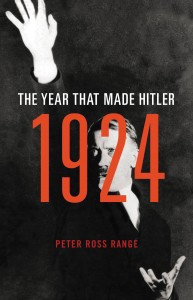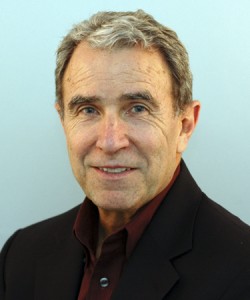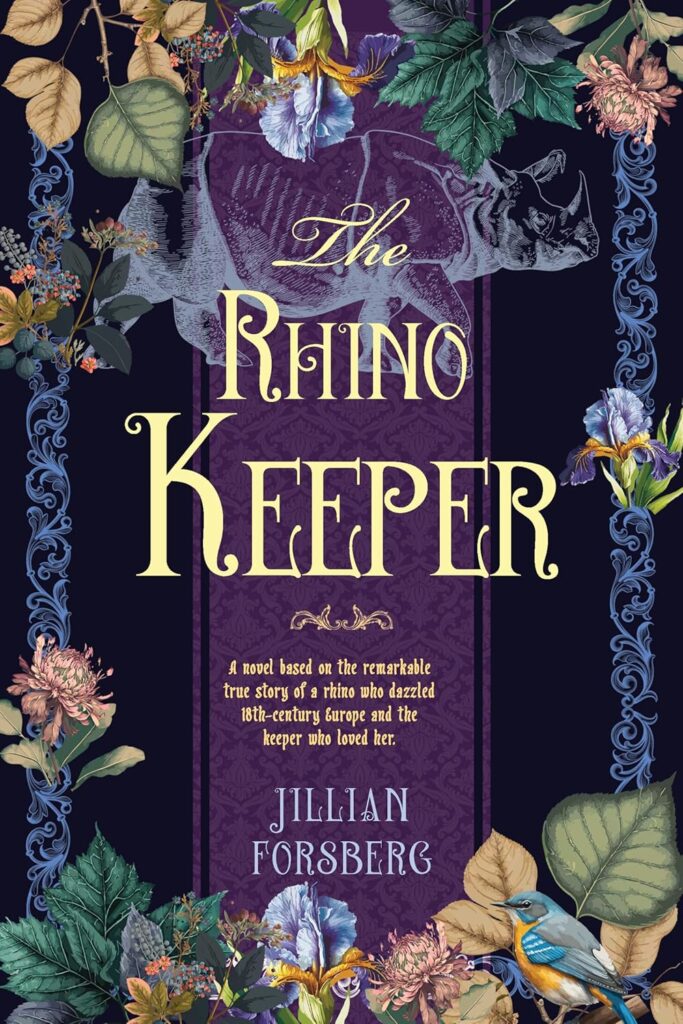1924: The Year that Made Hitler
KATE BRAITHWAITE

COVER ART BY Susan Zucker
In the month that Mein Kampf is published in Germany for the first time in 70 years, it seems fitting that Little Brown is set to release Peter Ross Range’s 1924, The Year that Made Hitler.
Hitler’s infamous Nazi manifesto was originally printed in 1925. After World War II, the copyright to Mein Kampf (in English, “My Struggle”) was held by the Bavarian regional government. Officials chose to ban any further printing of the book on the grounds that its anti-Semitism incited racial hatred. But under European copyright law, those rights expired seventy years after an author’s death: in Hitler’s case, his suicide in a Berlin bunker on the 30th of April 1945. In 1924, The Year that Made Hitler, Peter Ross Range, gives a highly detailed examination of the period in Hitler’s life when he wrote Mein Kampf.
Hitler was thirty-four years old at the beginning of 1924, a veteran of World War I, who had only recently found his niche in life: first as a propagandist and speechmaker for the fledging Nazi (NSDAP) party, and then gradually emerging as its leading force. On November 8th, Hitler, along with General Ludendorff and other party members attempted to seize control of the Bavarian regional government in Munich. The Beer Hall Putsch, as it is known, began in the Bürgerbräukeller: a public meeting and drinking hall, commonly used for political rallies and speeches. On the night in question Commissioner Kahr of the Bavarian government was due to speak to a crowd of 3000. Instead, Hilter stormed the meeting, fired a shot into the ceiling and, as his men, armed with machine guns, covered all the exits, declared that the Bavarian government had been deposed.
Although initially successful, Hitler’s putsch failed within forty-eight hours. A doomed march on government buildings ended in a violent exchange with police loyal to the government. With four policemen, thirteen of Hitler’s men and one bystander dead, Hitler fled. But within two days he was found, arrested and taken to Landsberg Prison.

author photo by Heinrich Hoffmann
Initially, Landsberg appeared to be the end of the line for Hitler’s political ambitions. Peter Ross Range provides a picture of Hitler as a broken man for a time, attempting a hunger strike and falling into depression and despondency. That changed, however, when preparations for his trial began. As word came that press and interest in his case meant that his trial had to be held in Munich, rather in the smaller prison courtroom, Hitler was revived. He read voraciously and also began to write.
Anyone who has ever wondered how Hitler could have gathered such support in Germany and swayed so many men and women to endorse his extremist views will find much food for thought in 1924, The Year that Made Hitler.
His trial began on February 26th 1924 and was extensively reported in Germany and internationally. Given this vast stage, Hitler grasped opportunity from adversity and sought to promote his nationalist vision for the German nation. Peter Ross Range makes use of contemporary sources to bring Hitler’s extraordinary ability to engage an audience to life. The following description, for example, was written by a journalist with the Frankfurter Zeitung, a liberal newspaper with no sympathy for Hitler’s extreme nationalism:
“He softens his voice, then gradually raises it to a dramatic shout, even a hoarse screech. His voice then cracks in sorrow over his fallen comrades. He scornfully mocks the trembling timidity of his enemies. Shaping his words with a lively play of his hands, Hitler rounds off his periods with both hands, emphasizes an ironic or offensive comment by shooting his left index finger towards the state’s attorney, and uses his head and even his body to undergird his speech. The rhetorical impact is strong.”
According to another journalist, the impression Hitler made was so positive, that one of the lay judges in the case was overheard to say, “What a tremendous guy, this Hitler!” Others were attracted to Hitler from a distance, reading about him in newspaper reports. The journal entry of one young man in his twenties, four hundred miles away from the trial reads: “I am reading his speeches, I am allowing myself to be inspired by him and carried to the stars.” That was Joseph Goebbels.
When Hitler’s trial concluded, he was found guilty of high treason but his sentence was a victory. Although sentenced to five years in prison, the judge ruled him eligible for parole in six months. An opportunity to deport Hitler back to his country of birth, Austria, was not taken. Instead a reinvigorated Hitler returned to Landsberg where, with huge industry and determination, he completed Mein Kampf. Hitler was released from prison on December 20th 1924. The rest, as they say, is history.
About the contributor: Kate Braithwaite is a writer and historical fiction lover, originally from the UK but now based in Pennsylvania. She writes reviews and articles for the Historical Novel Society and a humorous language blog about American and British English.






